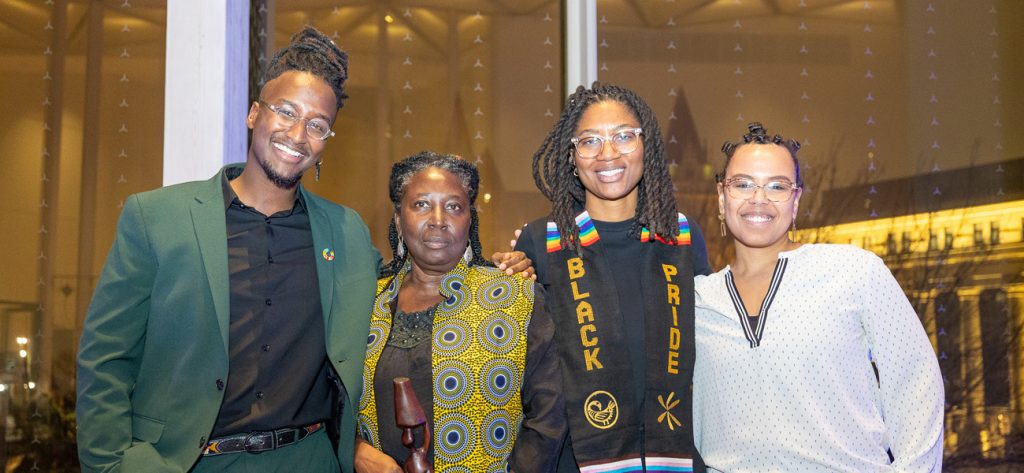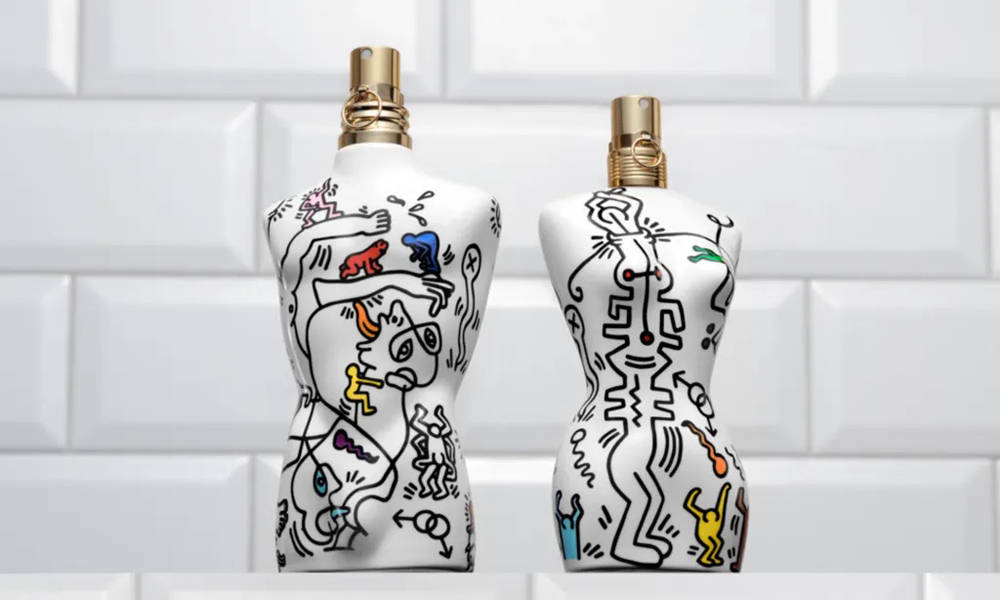The gay world has always found unique ways to get through life…
In Mexico, the creation of new slang terms is something of a passion. An old word with Mayan origins, huachicolero, which used to have something to do with a pole for carrying fruit, has recently been resurrected as a label for the thieves who tap into gas pipelines. One night, my tipsy friend came out with “huachiculero” – “culero” meaning “asshole” – and spread it around through his various WhatsApp groups. One minute it’s a funny passing thought; the next it’s a meme.
LGBT people also have a knack for producing cultural ephemera: expressions and catchphrases, trends in style and travel, dating rituals and, ahem, sexual practices. RuPaul’s Drag Race alone has colonized our brains with “If you can’t love yourself, how the hell are you going to love somebody else?,” “Miss Vanjie” and the brazen move of tossing off one’s wig as a perfect mic drop. Social media, movies and TV are ideal avenues for spreading ideas around, especially now that LGBT people are increasingly represented on screen. But the gay world found ways to share ideas to get through life, and experience pleasure, long before screens became the centre of our cultural connectivity.
I remember once during a long train ride in India, a handsome fellow traveller politely asked me about my musical tastes. When I mentioned the Pet Shop Boys, he moved a little closer. I had his number from the moment he mentioned his love of opera. In more closeted times, an established canon of movies and music could be wielded to establish bona fides. Do gay men love The Wizard of Oz because of some innate spiritual connection to “somewhere over the rainbow” or did gay men subconsciously teach themselves to love it because it provided a handy password for making friends?
Humans like to think their identity comes from within, but we are also composed of what surrounds us. In an interesting academic research paper about the culture of a gay-male-oriented resort in Australia – where 24/7 porn and walking around naked were all part of the resort experience – researcher Oskaras Vorobjovas-Pinta found himself wondering “whether the consumer ‘lifestyle’ embodied by the resort stands in service of the particular gay male ways of life, or whether the mores and sentiments uniting the neo-tribe might be generated by the commercial resort space itself.”
On one hookup website, for example, researcher Jesus G. Smith, an assistant professor of ethnic studies at Wisconsin’s Lawrence University, has noticed users modelling their profile images after the porn-star images in the ads. “It’s a lot less face, a lot more ass and dick,” he laughs. This kind of subconscious conformity can lead to problems like racist profiles, where users echo the “no this, no that” they see in other profiles, with “personal preferences” piling up into a heap of collective toxic sludge.
Within the LGBT community, we form neo-tribes by sending appropriate signals to those we’re like – and those we want to be like. Gym bunnies spend top dollar to fly to the Excelsior party in Mykonos, mainly to be among men whose body types are remarkably similar. A video of a dance-floor fight at last year’s party went viral, partly because so many of the brawlers had similar builds, tans, body hair and wardrobes. For men who are into that scene, the video was probably more of an advertisement than a source of laughter.
Shirtless dancing, more broadly, has been a well-established announcement of being unashamed of one’s body, of claiming a return for the investment of time spent at the gym. During the peak of the AIDS crisis, when so many HIV-positive men were wasting away, shirtless dancing was also a way to demonstrate good health – so for men of a certain age, there remains a bit of tension around the practice, something younger men may fail to absorb.
The trends that gay men are most likely to exchange among themselves are sexual. Yet most research on gay men’s sex lives focuses on HIV/AIDS prevention. A very big question these days is whether watching bareback porn makes men more likely to have unprotected sex. I’ve read a few studies and none seem conclusive; one 2013 paper by the University of Minnesota School of Public Health suggests there is a possible correlation between unsafe sex practices and those who watched more than an hour of porn a day, but not necessarily for those who watch less than that. While it’s possible that men emulate what they see in videos, it’s also possible that men who already have a preference for condomless sex seek out condomless porn, or that men who watch a lot of porn are especially horny and so more likely to have lots of sex in all sorts of configurations.
That 2013 study cites a very telling statistic: 98.5 per cent of gay men reported some exposure to porn in the previous 90 days. This means that porn, perhaps even more than apps or bars or bathhouses, gives us our ideas about how to have sex. Not only who gets to have what kind of sex – Black guys with big dicks always on top, Asian guys on bottom, etc. – but the repertoire and tone of sexual activities. Face to face, men can be shy with each other and avoid trying more adventurous moves. But through porn, we become less nervous about pushing our limits. There are less healthy escapes from inhibition. Men looking for chemsex/PnP have found quick, though hazardous, pharmaceutical solutions to the perennial human problem of wanting to set our baggage-carrying selves aside to make intense connections in the moment.
Despite all the digital tools for sharing our culture, we still learn many things first-hand. In Canada, the availability of PrEP (taking a pill to prevent getting HIV) hasn’t been communicated particularly well by public health organizations. Many gay men first find out about it through guys they were having sex with, who can share how they got it, how much they paid and whether they have experienced any side effects. In the US, white men are more likely than Black men to be on PrEP, partly because of the way word has spread about it, and partly for historical reasons. “There’s been a history of medical testing on Black men that’s made them worried about experimenting with drugs,” says Smith. “As well, a lot of information about health in Black communities gets shared by your pastor or your barber, and they’re usually not gay.”
No matter which channels we’re using to communicate with one another, and with the straight world, we can spread health, laughter, inclusion, pleasure and peace. Or not. No matter how much nastiness surrounds us, we always have the power to respond with love.
PAUL GALLANT is a Toronto-based writer and editor who writes about travel, innovation, city building, social issues (particularly LGBT issues) and business for a variety of national and international publications. He’s the executive editor of Bold, a global travel magazine for Canadians.






POST A COMMENT